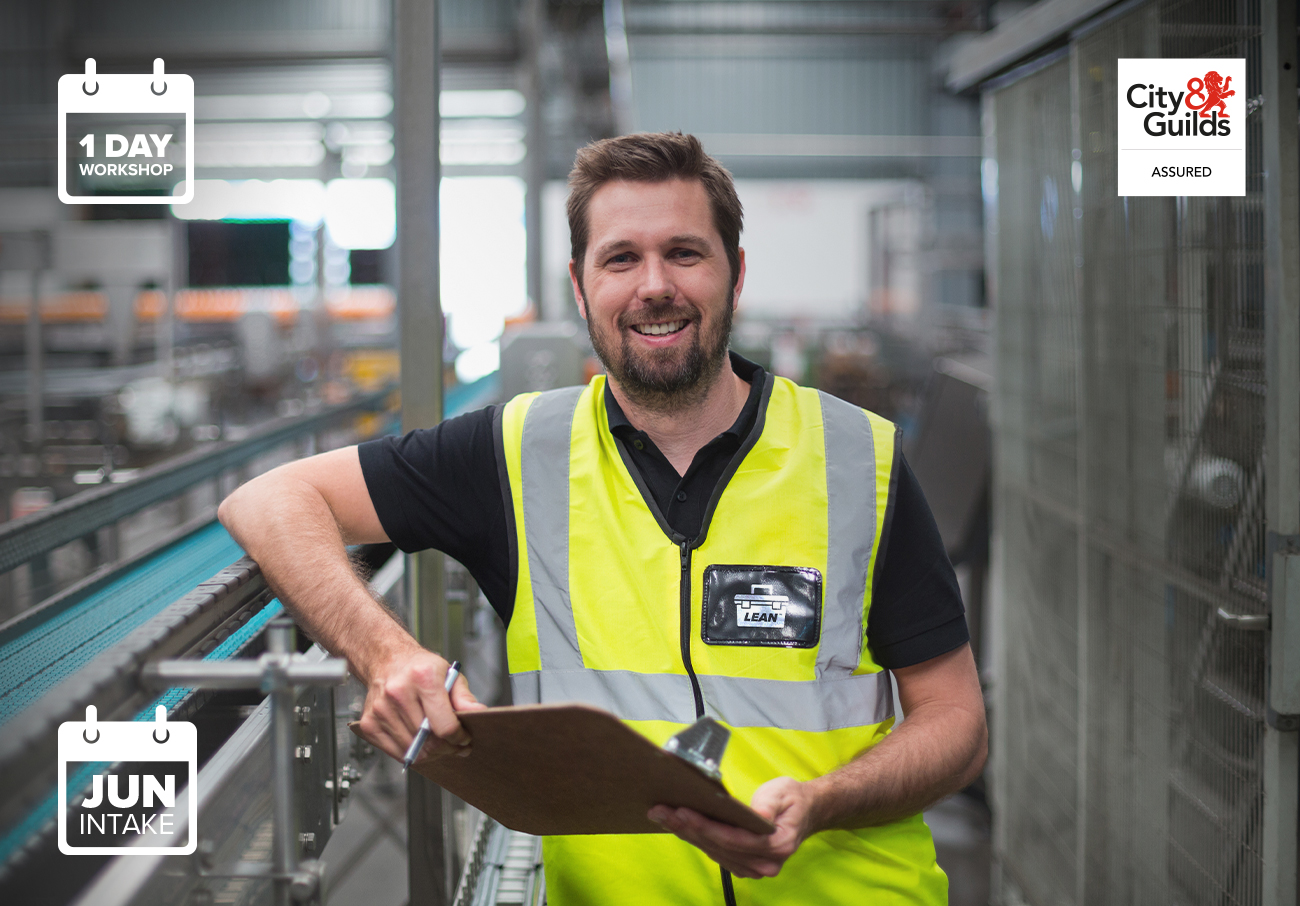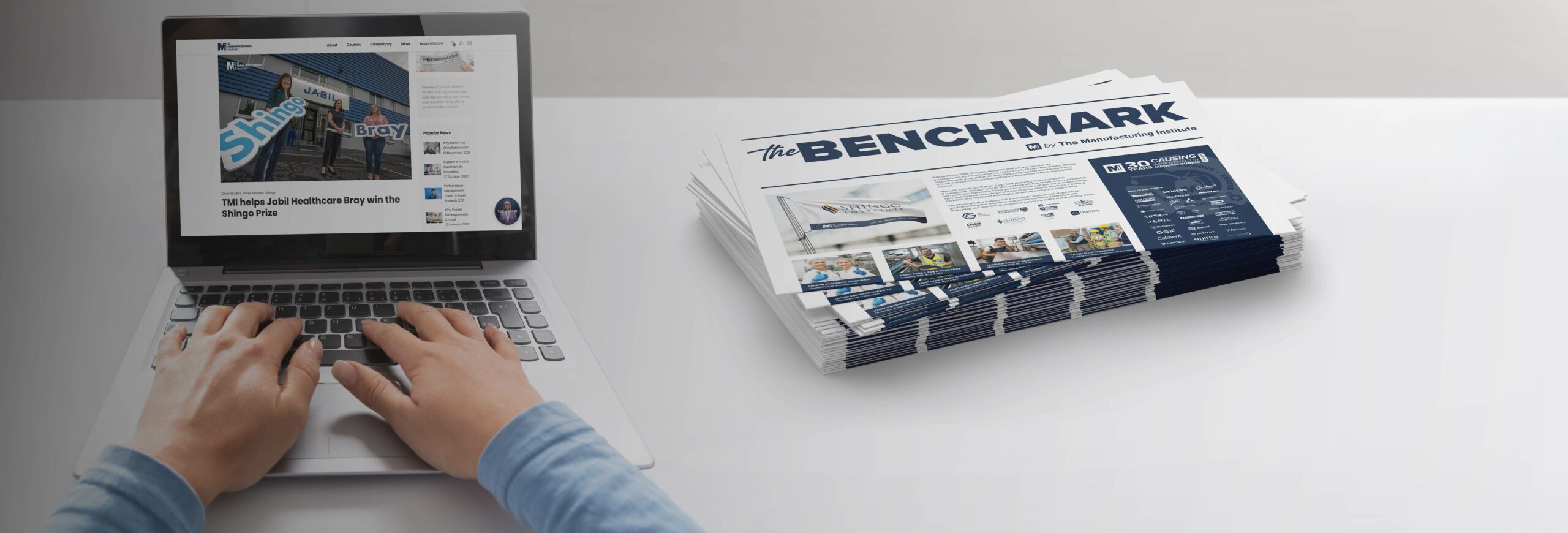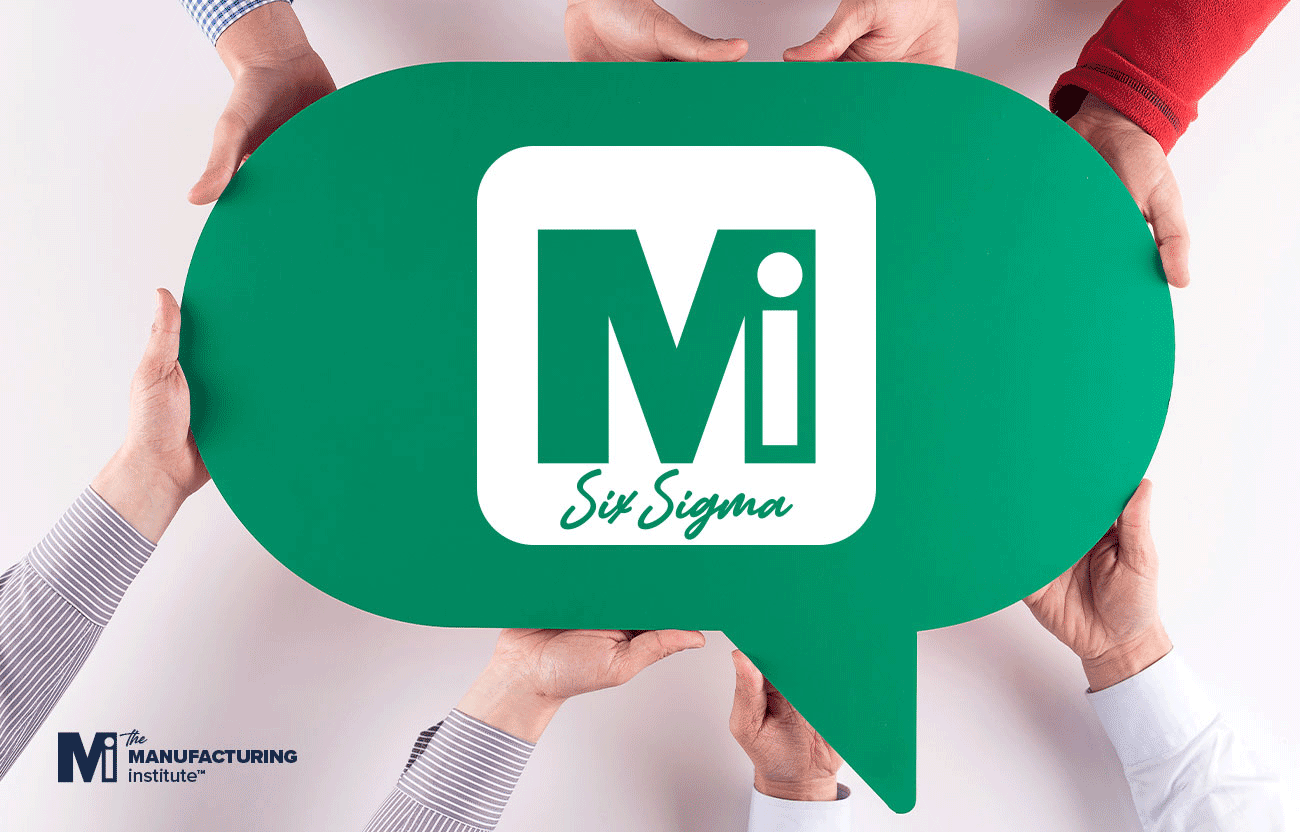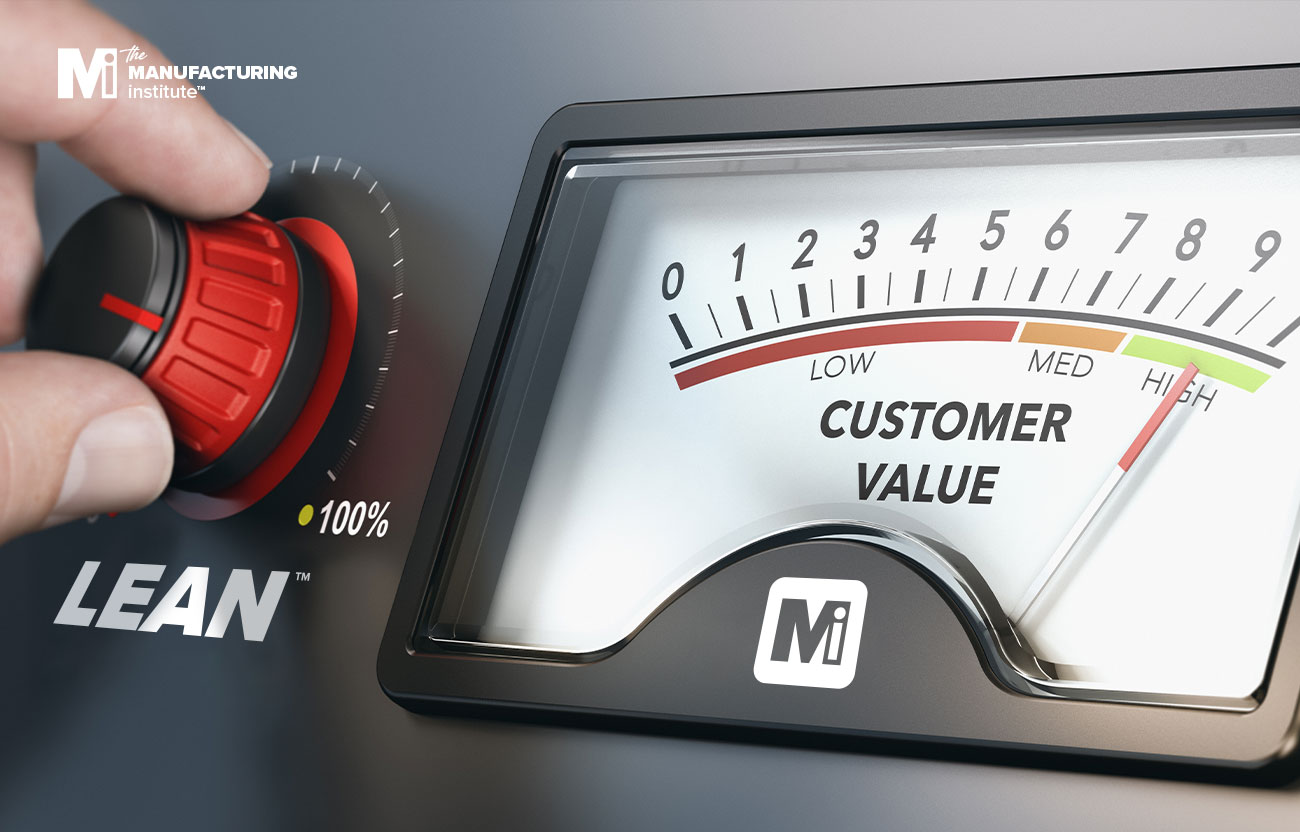
How To Attract & Lead Millennials
The manufacturing industry is facing a significant challenge: a shift in demographics. Historically, the ‘baby boomers’ (ages 53 to 63) made up the majority of the workforce. But there’s a ‘silent tsunami’ coming.
We’re facing the biggest retirement wave we’ll ever experience. The skills of baby boomers will be washed out of the industry over the next 10 years. They’ll be replaced by ‘Gen Y’ (ages 24 to 41) and ‘Gen Z’ (ages 18 to 23). So, not only do you need to transfer the capabilities of baby boomers to younger members of staff, you also need to appeal to millennials.
The Manufacturing Institute’s Leadership and Enterprise Excellence Coach, Adam Buckley, shares the key to attracting and leading the next generation of manufacturing successfully. It all starts with recognising that they have different mindsets, behaviours and beliefs…
Aspirations
I’ve found that baby boomers are often workaholics. They’re likely to say ‘yes sir’, and require significant direction. But Gen Y would rather say ‘I’ve got a better idea’ than simply follow instruction. This is because their career aspirations are different. And that relates back to their level of education, along with social and global exposure.
Back in the 1940s, workers were reasonably educated. Now, almost all will have either further education qualifications or a degree, and these bring certain skills and capabilities. Their progression goals match their greater level of education too.
Priorities
Each generation has a different view on what’s important. With baby boomers, businesses focused on how they could achieve profit. Then, with Gen X (ages 42 to 52), businesses balanced profit and people, and began to realise the industry’s environmental impact. With Gen Y, the balance is completely equal between people and the planet. And finally, with Gen Z came the emergence of the importance of purpose.
What an organisation stands for is so key to Gen Z – they’ll even sacrifice a higher wage for it. They want to work for a business that has a profound purpose, whether it’s improving lives or having a positive impact on the environment.
Needs
Organisations traditionally had a vertical structure; people worked in silos and had their own specialisms. But millennials want collaboration – it’s their number one need. To cater to them, you need to cater for this, creating a more horizontal structure that allows social connections to be made.
This isn’t the only need that’s different. Let me refer to Maslow’s hierarchy of needs to explain. Baby boomers focused on those basic needs: physiological, safety and social. These were things like working conditions and salary. But that’s just satisfaction. Motivational needs (self-actualisation and self-esteem on Maslow’s hierarchy) are those such as achievement, recognition, more responsibility and growth. Whilst these were important for previous generations, they’re much more so for Gen Y and Gen Z.
Attraction
When it comes to attracting this motivated generation, you need to also think about retaining the talent and skills of baby boomers. You’re fishing in a smaller pool for higher capability, so getting people with the right behaviours and values is crucial. Skills and knowledge can be taught to willing learners after all, but converting them to your culture is much more difficult.
Once you’ve secured this talent, you need to make sure they want to stay there. This involves creating a suitable environment. Provide people with the opportunity for self-fulfilment, growth and autonomy. Offering coaching is a great idea as well – whilst they don’t need as much direction as baby boomers, they do need to feel like they’re progressing and have someone to turn to for support when required.
Don’t neglect how active this generation is on social media either. They post about their experiences at work – both positive and negative – so your brand can be promoted on a daily basis. Ensure their experience at work is the best it can be, and you can not only boost your reputation, but potentially even attract some future Gen Y and Gen Z hires.
Leadership
These millennials will also need to effectively collaborate with baby boomers, so the skills and expertise can be transferred. There’s the opportunity to use technology to aid this too, meaning a baby boomer doesn’t have to be there in the room for the training.
Once you have Gen Y and Gen Z on board, the next stage is leading them successfully, alongside other generations. Remember, you can’t take a one-size-fits-all approach.
Our leadership development bootcamp will give you the key managerial skills, as well as lean manufacturing techniques, to make improvements in shop floor processes and culture. The bootcamp has a wide range of other benefits too, including increased staff retention, boosted morale and reduced stress. To take advantage of this virtual course, get in touch with our team.




